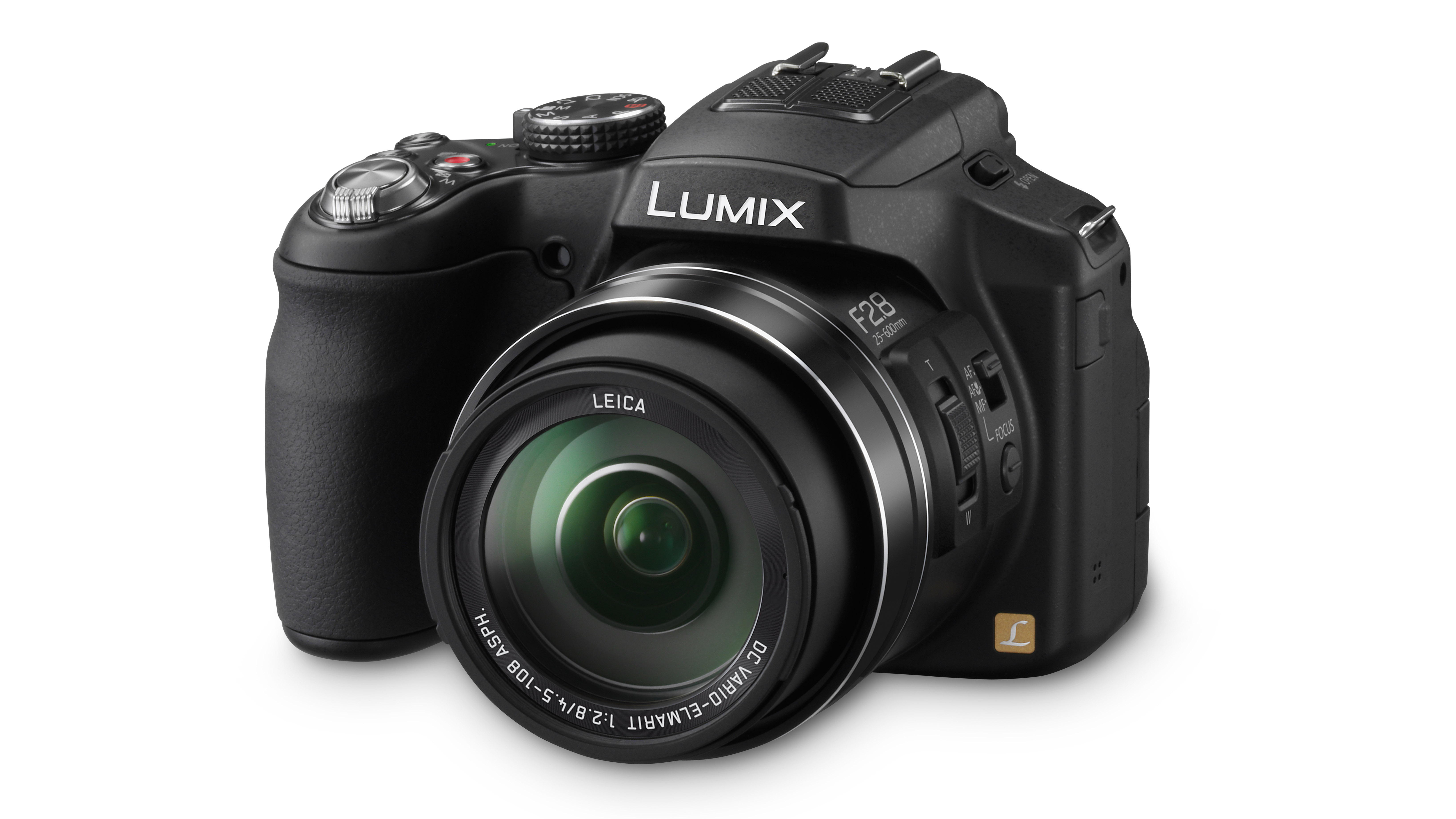Why you can trust TechRadar
The Panasonic FZ200 generally produced bright, vibrant images in our testing. The bridge camera's metering system, while biasing its readings a bit too much towards mid-tone detail, overall produces well-balanced exposures and preserves detail in bright skies and other highlight areas most of the time.
What's more, purple fringing is only very slight in all of the high-contrast scenes we shot on a very rare sunny day in Bath, in south west England.
Shadow detail is also a delight, with much of it easily recovered in post-processing - particularly if you shoot with the Panasonic FZ200's raw option.

Overall, colour saturation is strong in all the pictures straight from the camera, although it must be said that contrast levels prove only adequate, with images sometimes coming out a bit flat.But that is a very easy adjustment.
Viewing pictures from the Panasonic FZ200 at actual pixels (or 100%) on the computer, reveals that chroma noise is kept to a minimum and largely unnoticeable. Luminance noise, however, is visible throughout the ISO range. Even at the lower sensitivities there is mottling of colour, which increases - as you'd expect - the higher you move up the ISO range.
That said, the levels of noise and smudging aren't terrible, and for sharing your photos online or making small prints for a photo album - which suits most people's needs - you'd only know this noise is there, um... if you know it's there.
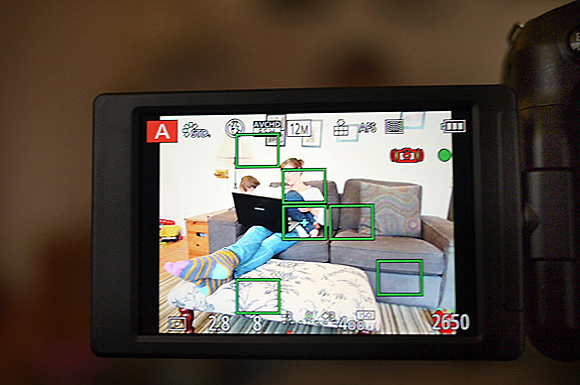
Focusing with the Panasonic FZ200 gives you a number of direct controls, to choose from the camera's 1-area, 23-area, AF tracking and Face Detection AF modes. In all instances the camera's four options are able to quickly latch on to subjects, even at the telephoto end of the focal range.
In Face Detection mode, the camera quite easily picks out faces at different ends of the room, or with one person large in the foreground and another small in the background. It even caught faces in profile. The only instances when it failed to recognise a face where when a cup obscured part of the face.
We set the AF Tracking mode a challenge as well, standing on a busy street corner in the heart of a tourist hot spot. We set the AF tracking to focus on passing cars in the middle ground, while tourists crossed our path in the foreground and background.
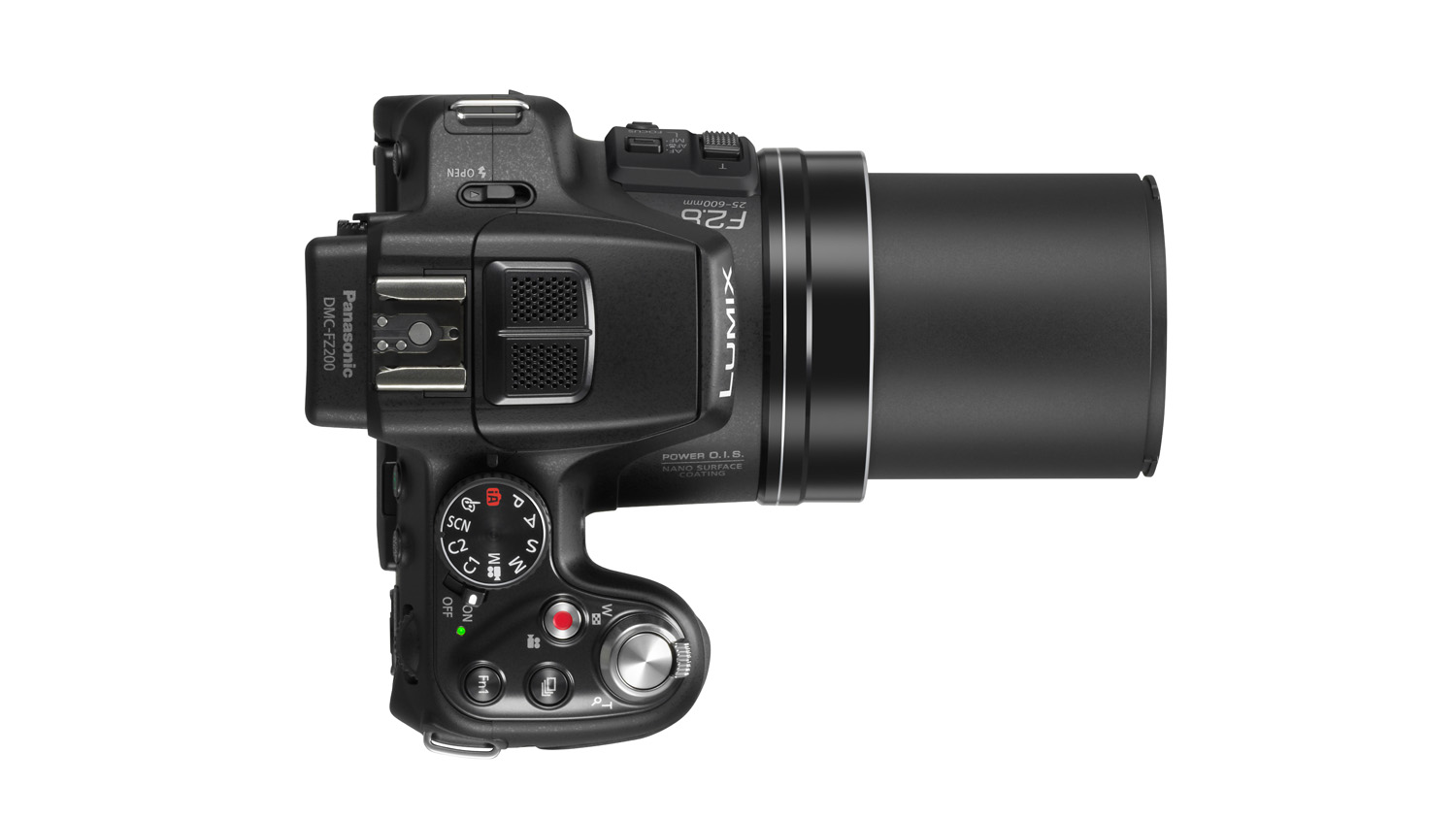
With near-flawless accuracy the Panasonic FZ200's AF tracking latched onto our car of choice and followed it throughout the frame, only once getting confused by a man in a wheelchair in our foreground who was at the same size and level of the car within the frame.
Both the 23-area and 1-area options were also quite accurate at picking out the dominant elements of a scene, and in the 1-area mode you can adjust the size of your focus point and use the focus button on the lens barrel to move it around the frame. This was quite handy for using more creative and complex compositions, and also gives you that extra bit of control over the camera.
You can also set an AF Macro mode on the lens barrel, which enables you to cut the 30cm minimum focusing distance to 1cm.
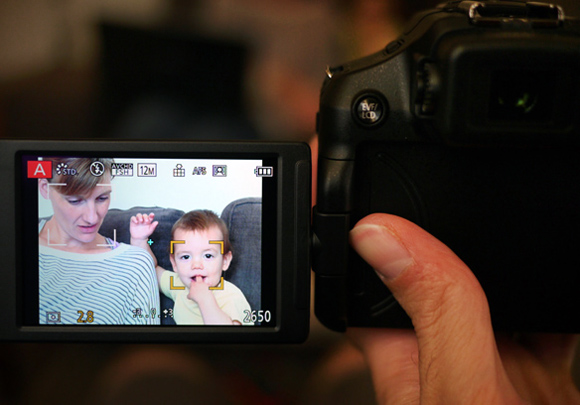
At longer focal lengths, the Panasonic FZ200's Power OIS noticeably cuts down on the 'jumpy frame' one often encounters when shooting at the super-telephoto end of a superzoom camera, enabling us to more easily compose images of distant subjects.
Images are fairly sharp too with Power OIS, though at the extreme end of the digital zoom, don't expect to be making A4 prints.
In terms of shooting options… well, let's just say we never felt like we didn't have suitable options. With a shortest shutter speed of 1/4000 seconds and the maximum at 60 seconds, there was never a subject we couldn't shoot.

Meanwhile, the fast f/2.8 throughout the entire focal range meant we were never unable to get a fast enough shutter speed, even shooting indoors in a dim, covered street market.
If you want to get a bit more creative with your photography, the Panasonic FZ200 offers 14 Creative Control modes, accessed via an easel icon on your mode dial or via the Menu button on the back of the camera.
Included are High Dynamic, Cross Process, Toy Effect, Miniature Effect, Soft Focus, Star Filter, One Point Color, Expressive, Retro, High Key, Low Key, Sepia, Dynamic Monochrome and Impressive Art.
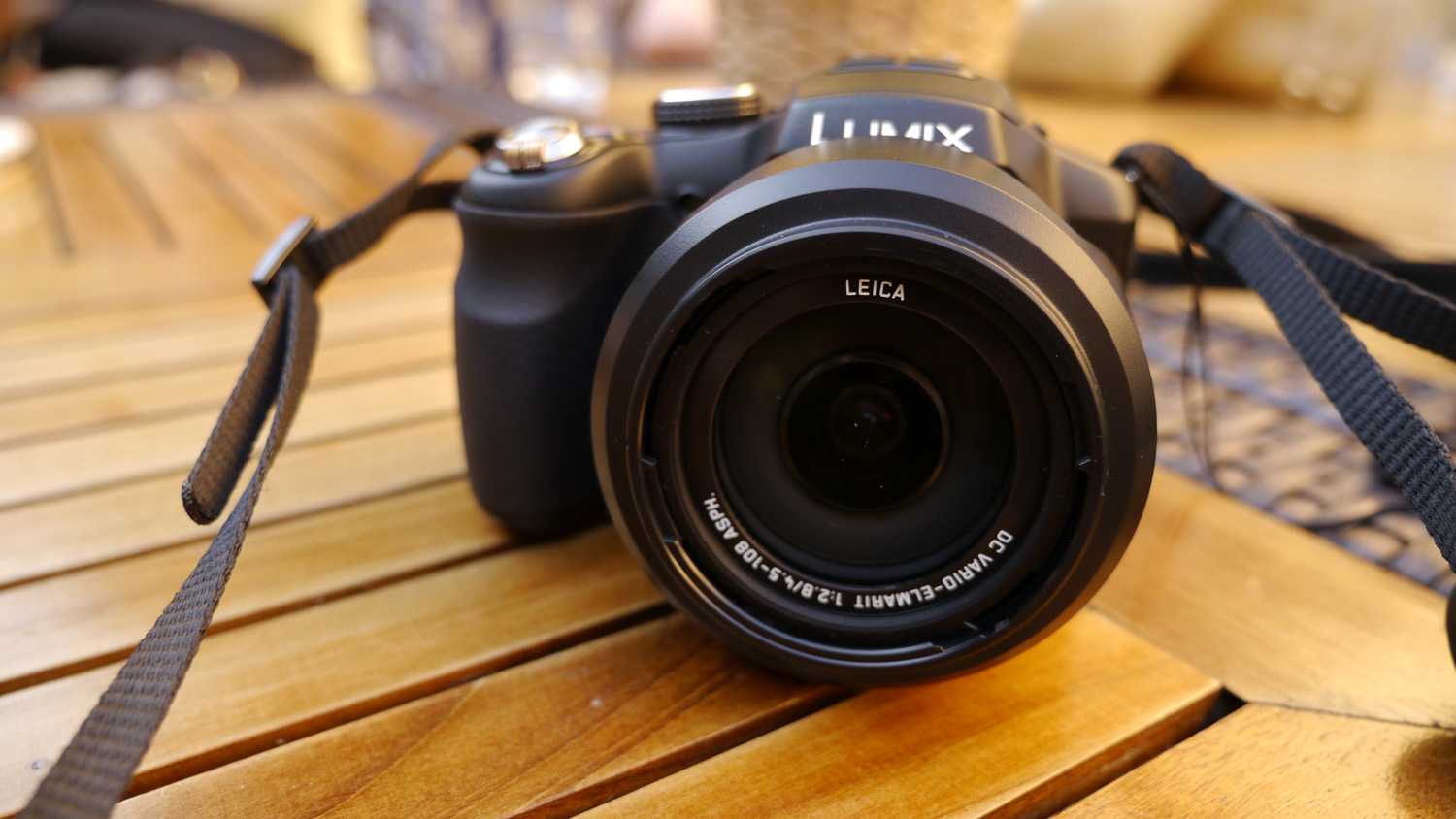
While some, such as Star Filter and One Point Color, you might not use all that often, the effects are cool and a nice option to have. Others, such as the High Dynamic option, were subtle and effective, and could prove very useful over time.
The High Dynamic option, in particular, was more effective in high-contrast scenes than setting the Panasonic FZ200's iDynamic function to boost dynamic range.
Finally, the Panasonic FZ200's articulated LCD screen is worth mentioning. While we noted at the beginning it's slightly difficult to open, the LCD is nevertheless a fantastic feature of the Panasonic FZ200. Visible even in bright, overhead light, scenes on the LCD are crisp and clear, and street photographers in particular will enjoy its ability to compose a photo on the sly at any angle.
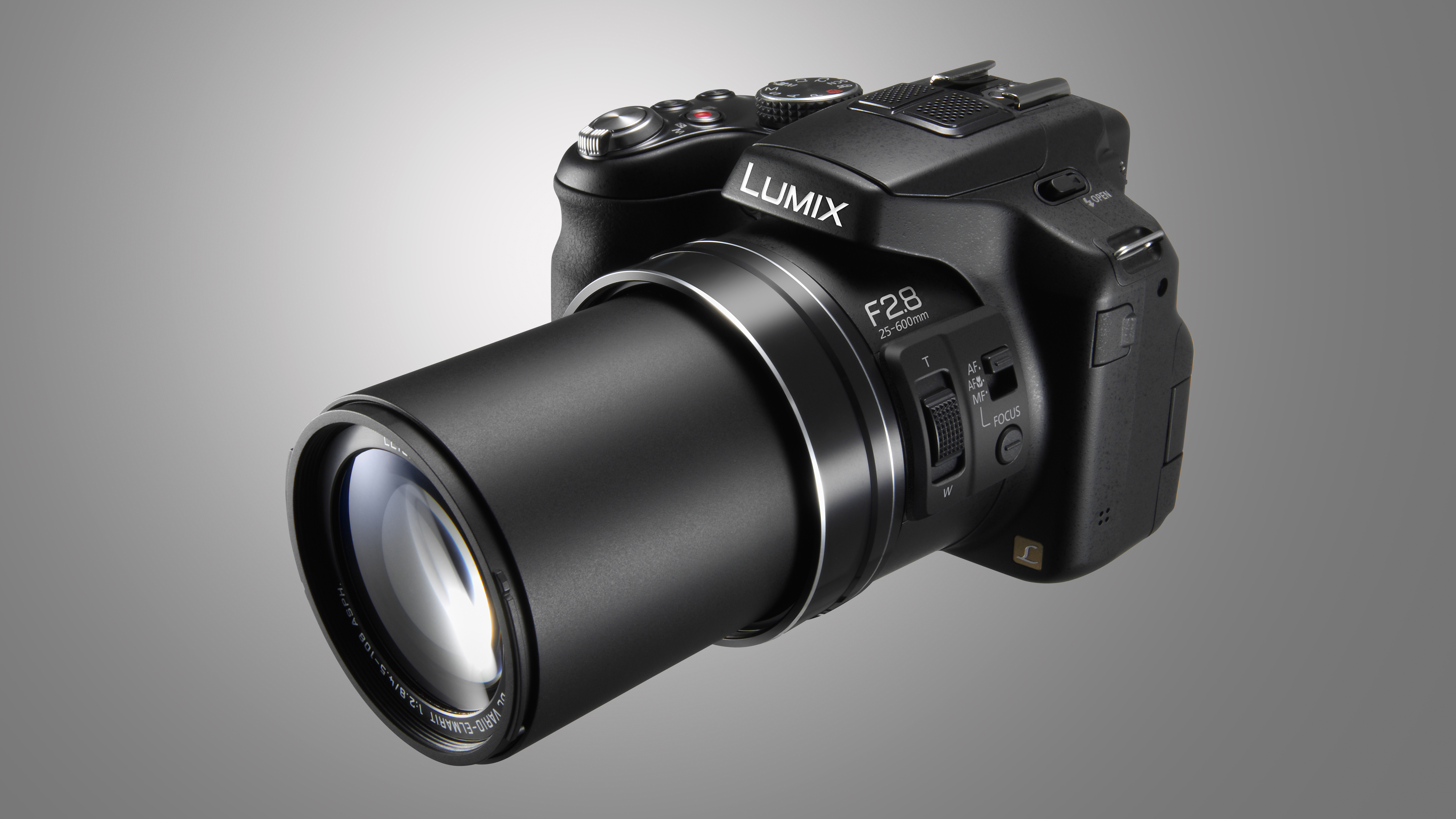
The EVF, on the other hand, while clear and sharp, was sometimes shaky and cast a blue tint over scenes in mixed lighting.
Video is bright, sharp and clear, and very easy to use via the one-touch button on the camera's top plate. Having access to the full zoom range while filming is handy, and the camera's AF is quick to reconfigure itself even going from wide to super-telephoto in one quick jump.
It's also worth noting that the Panasonic FZ200 can shoot Full HD (1080p) video at 50 progressive frames per second, but if you opt to record MP4 files, the frame rate drops to 25p. This, of course, isn't a problem for most people, but if you're a keen videographer it's something to consider.
